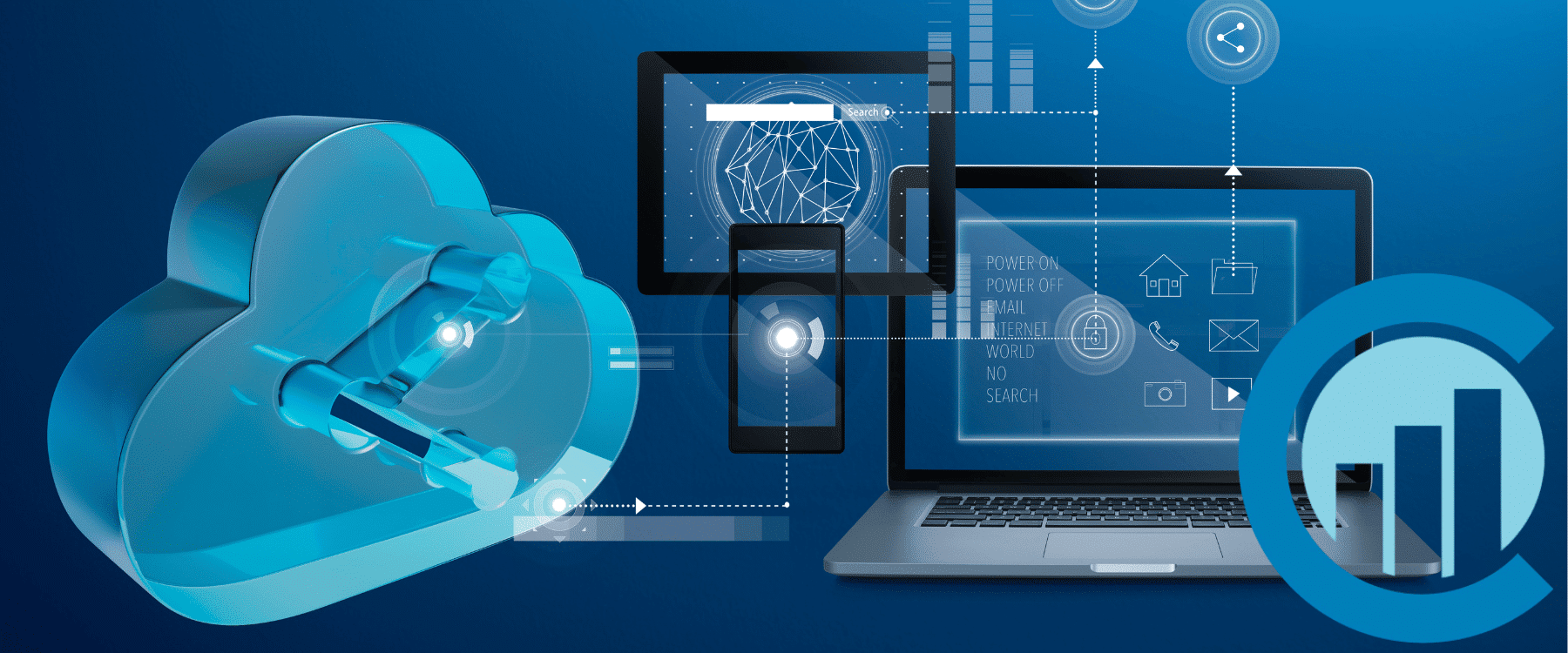Distributed Denial of Service (DDoS) attacks increased by 203% in 2022, with the average attack resulting in $ 50,000 per hour in damages. Your organization’s ability to withstand these attacks depends on implementing strong DDoS cloud protection strategies. But implementation isn’t enough.
Testing your DDoS cloud protection strategy is crucial to:
- Identify potential weaknesses in your defense systems
- Validate your incident response procedures
- Ensure your protection measures can handle real-world attack scenarios
- Maintain business continuity during an attack
We’ll walk you through effective testing methods, helping you build a strong defense system against evolving cyber threats. You’ll learn practical ways to simulate testing, important monitoring metrics, and proven techniques to improve your organization’s security posture.
The Evolution of DDoS Attacks
A DDoS attack disrupts routine online services by overwhelming them with a flood of malicious traffic from multiple sources. Think of it as a traffic jam created intentionally to prevent legitimate users from reaching their destination.
DDoS attacks come in three main forms, which are often combined to maximize impact. The 2020 AWS attack demonstrated this hybrid approach using volumetric and application-layer techniques to achieve a record-breaking 2.3 Tbps attack.
Modern DDoS attacks have evolved beyond simple flooding tactics. Attackers now use AI-driven tools to identify and exploit vulnerabilities, making detection and mitigation increasingly complex. Organizations face sophisticated attacks that can adapt to defensive measures and persist for extended periods.
To mitigate these risks, it’s essential for businesses, especially those relying heavily on online services, to adopt robust hosting solutions such as Managed Application Hosting which frees development teams from server administration tasks or consider WordPress Hosting for their website needs. Furthermore, utilizing Cloud VPS solutions can provide the scalability and security required in today’s digital landscape while also offering promotional benefits like unlocking two months free on your cloud VPS.
Testing Your DDoS Protection Strategy
Regular testing helps identify vulnerabilities before malicious actors exploit them, ensuring your cloud DDoS protection service performs as expected during an actual attack. Inadequate protection strategies can lead to:
- Revenue Loss: Service disruptions cost businesses an average of $22,000 per minute
- Damaged Reputation: Customer trust erodes when services become unavailable
- Data Breaches: DDoS attacks can serve as smokescreens for other cyber threats
- Compliance Violations: Service outages may breach regulatory requirements
Your incident response planning depends on thorough testing protocols. A well-tested DDoS protection strategy allows you to:
- Measure response times under various attack scenarios
- Validate your protection service providers’ effectiveness
- Assess your team’s readiness to handle attacks
- Fine-tune alert thresholds and response procedures
Real-world testing reveals gaps that theoretical planning might miss. By simulating attacks against your infrastructure, you’ll understand how your systems behave under stress and whether your DDoS protection solutions can handle emerging threat vectors.
Moreover, integrating business continuity and disaster recovery plans into your strategy can significantly enhance resilience against such attacks.
Having a robust service level agreement with your hosting provider that outlines the expected performance standards during an attack is essential. Furthermore, engaging with a managed service provider can provide additional support and resources for effective DDoS protection. Lastly, implementing offsite backups can safeguard your data against potential breaches during a DDoS attack.
Working with reputable DDoS protection service providers like CloudScale365 ensures your testing protocols align with industry best practices. These partnerships provide access to specialized tools and expertise needed to conduct comprehensive assessments of your defense capabilities.
Simulation Testing for DDoS Protection
Simulation testing creates controlled environments to replicate DDoS attacks, allowing organizations to assess their defense mechanisms without risking production systems. This testing method provides insights into system vulnerabilities and response capabilities through realistic attack scenarios.
Best Practices for Simulation Testing
- Create an Effective Test Environment. A successful test environment requires:
- Isolated network segments to prevent interference with live services
- Replicated infrastructure matching production configurations
- Traffic generators capable of simulating various attack patterns
- Monitoring tools to measure system responses
- Backup systems ready for failover testing
- Start Small and Scale Up. Begin with basic attack patterns, then gradually increase traffic volume and add complexity to attack vectors.
- Test Multiple Scenarios.
- Layer 3/4 flood attacks
- Application layer attacks
- Mixed-vector attacks
- Peak traffic situations
- Document Everything. Record baseline performance metrics, track system responses to different attack types, and log all configuration changes during testing.
Evaluating Service Responses
Your simulation testing should measure:
- Time to detect attacks
- Effectiveness of mitigation measures
- System performance under stress
- Recovery time after attack cessation
- Impact on legitimate user traffic
Your simulation results may reveal:
- Bottlenecks in your infrastructure
- Weaknesses in detection systems
- Areas requiring additional capacity
- Configuration improvements needed
- Response team readiness levels
Real-World Scenario Creation
Build authentic test cases by:
- Analyzing recent DDoS attack patterns
- Incorporating multiple attack vectors
- Simulating peak traffic conditions
- Testing during different time periods
- Including legitimate traffic patterns
Measuring Success
A robust simulation program requires regular updates to reflect new attack methods and evolving threat landscapes. Your test scenarios should adapt to include emerging DDoS techniques and account for changes in your infrastructure.
Key performance indicators during testing include packet loss rates, network latency, CPU utilization, memory usage, application response times, and false positive rates. Your simulation testing strategy should balance thoroughness with practical limitations, ensuring comprehensive coverage while maintaining manageable test scenarios.
Tools and Services for Testing DDoS Protection
DDoS testing tools play a crucial role in validating your protection strategy. These tools generate traffic through various methods:
- Protocol-based attacks: TCP, UDP, ICMP floods
- Application layer attacks: HTTP GET/POST floods
- Volumetric attacks: DNS amplification simulations
- Mixed-vector attacks: Combined attack patterns
DDoS Protection Tools: Key Features to Consider
- Attack simulation accuracy
- Reporting capabilities
- Ease of use
- Integration options
- Scalability
- Real-time monitoring
- Cost-effectiveness
In light of the increasing complexity of DDoS attacks, it’s beneficial to consider optimizing your IT spend in 2024 by leveraging managed services. These professional testing services complement the aforementioned tools by providing:
- Expert guidance during testing
- Custom attack scenario development
- Result interpretation
- Mitigation strategy recommendations
- Compliance verification
Combining specialized tools and professional services creates a robust testing environment that accurately reflects real-world DDoS threats.
Monitoring During Testing: Metrics That Matter
Effective DDoS protection testing requires comprehensive monitoring of system performance metrics. Your security strategy’s success depends on capturing and analyzing the right data points during simulated attacks. Your monitoring setup should include automated data collection and visualization capabilities, allowing your team to identify patterns, detect anomalies, and make data-driven decisions about your DDoS protection strategy improvements.
Essential Performance Metrics to Track
- Network throughput and bandwidth utilization
- Server CPU and memory usage
- Application response times
- Connection pool status
- Request queue length
- Error rates and types
Setting up diagnostic logs creates a detailed record of system behavior during testing. Configure your logging system to capture traffic patterns and anomalies, authentication attempts, resource allocation, system state changes, security events, and application-specific metrics.
Alert Configuration Best Practices
- Set baseline thresholds for normal operations
- Create multi-level alert triggers
- Enable real-time notifications
- Configure alert correlation rules
- Document alert response procedures
User experience metrics provide crucial insights into your protection strategy’s effectiveness:
- Page load times
- Transaction completion rates
- Service availability
- API response times
- Client-side errors
Performance Monitoring Tools Integration
- Network analyzers
- Application Performance Management (APM) solutions
- System resource monitors
- Custom logging frameworks
- Security Information and Event Management (SIEM) systems
Employee Training for Enhanced Security
DDoS protection requires a well-trained workforce ready to identify and respond to potential threats. Regular security awareness sessions help staff understand common attack patterns, the latest threats, best practices to maintain security, and proper incident reporting procedures.
At a baseline level, your security team needs specific training to:
- Recognize early warning signs of DDoS attacks
- Execute incident response procedures
- Monitor system performance metrics
- Implement mitigation strategies
- Hands-on simulations with DDoS protection tools
- Documentation review and updates
- Role-specific security responsibilities
- Communication protocols during attacks
Your security training program should adapt to new threats and technologies. Schedule quarterly refresher courses to keep your team’s skills sharp and current with emerging DDoS attack methods, and consider implementing certification requirements for security team members to maintain high expertise levels in DDoS cloud protection strategies.
Safeguard Your Organization with CloudScale365
The success of your DDoS cloud protection strategy depends on effective testing methods, comprehensive monitoring, and quick response capabilities. Organizations must prioritize these elements to maintain smooth operations and safeguard their digital assets from sophisticated cyber threats.
Contact a CloudScale365 expert to develop and implement your organization’s DDoS cloud protection strategy.
FAQs (Frequently Asked Questions)
What are DDoS attacks and how do they impact organizations?
DDoS (Distributed Denial of Service) attacks are malicious attempts to disrupt the normal functioning of a targeted server, service, or network by overwhelming it with a flood of internet traffic. These attacks can lead to significant service disruption, financial losses, and damage to an organization’s reputation.
What types of DDoS attacks exist?
There are three main types of DDoS attacks: volumetric attacks, which flood the bandwidth; protocol attacks, which exploit vulnerabilities in network protocols; and application-layer attacks, which target specific applications or services. Real-world examples include DNS amplification (volumetric), SYN flood (protocol), and HTTP GET flood (application-layer) attacks.
Why is testing DDoS protection strategies important?
Testing DDoS protection strategies is crucial for ensuring service continuity and identifying gaps in defenses. Inadequate protection can lead to severe consequences during an actual attack, making robust testing essential for effective incident response planning.
What is simulation testing for DDoS protection?
Simulation testing involves creating controlled environments that mirror production systems to test DDoS protection strategies without affecting live services. This method allows organizations to craft realistic attack scenarios and evaluate their service responses effectively.
What tools can be used for testing DDoS protection?
Popular tools for simulating DDoS attacks include BreakingPoint Cloud, MazeBolt, and Red Button. These tools help generate traffic that tests defenses against various attack vectors and provide insights into the effectiveness of existing protection measures.
How can organizations ensure continuous improvement in their DDoS protection strategies?
Organizations should engage in ongoing testing and regularly update their protection strategies based on the latest threat intelligence and simulation outcomes. Continuous improvement is vital due to the evolving nature of cyber threats.



